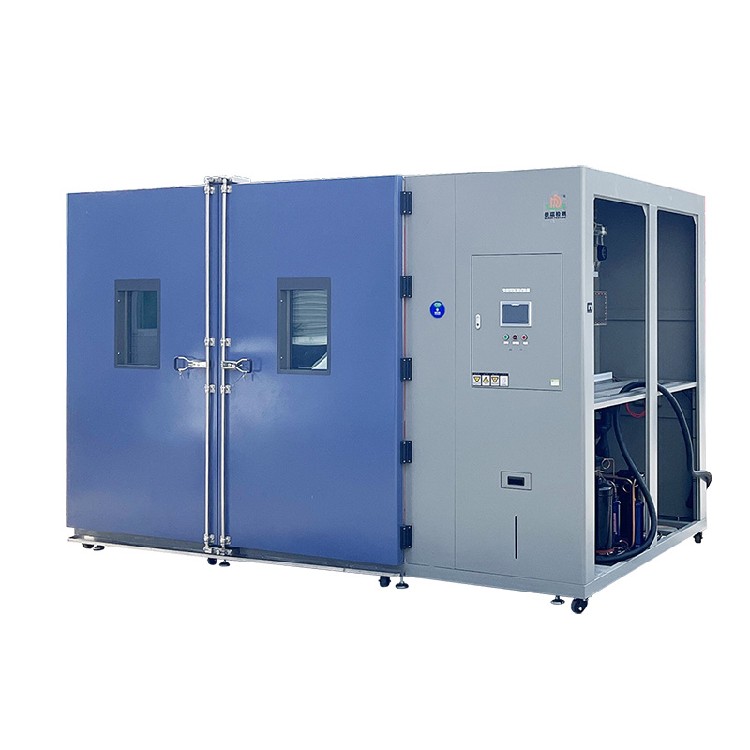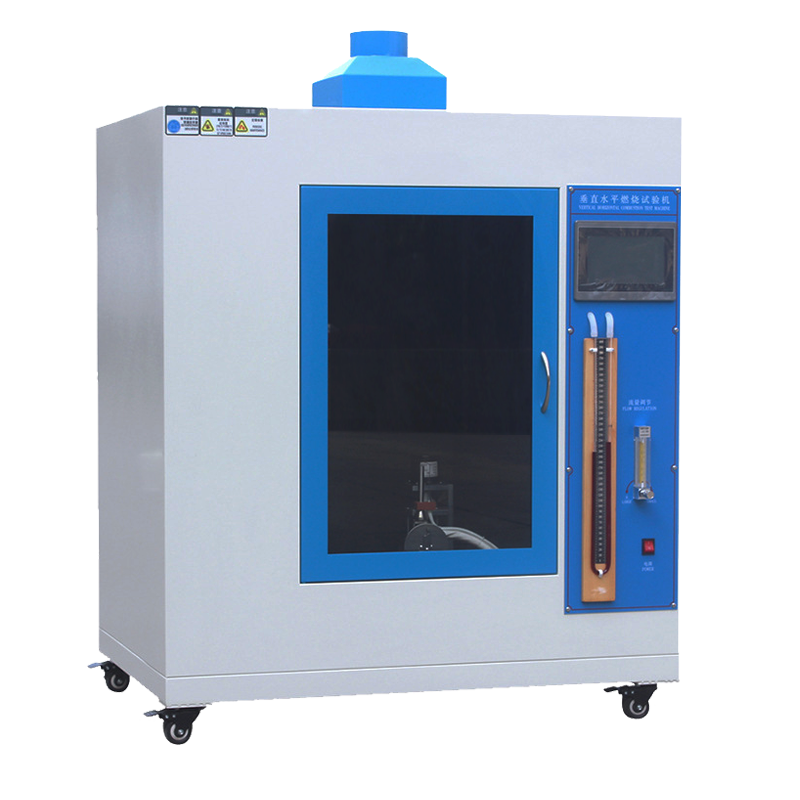Gradual temperature change walk-in high-low temperature test chamber
Product description
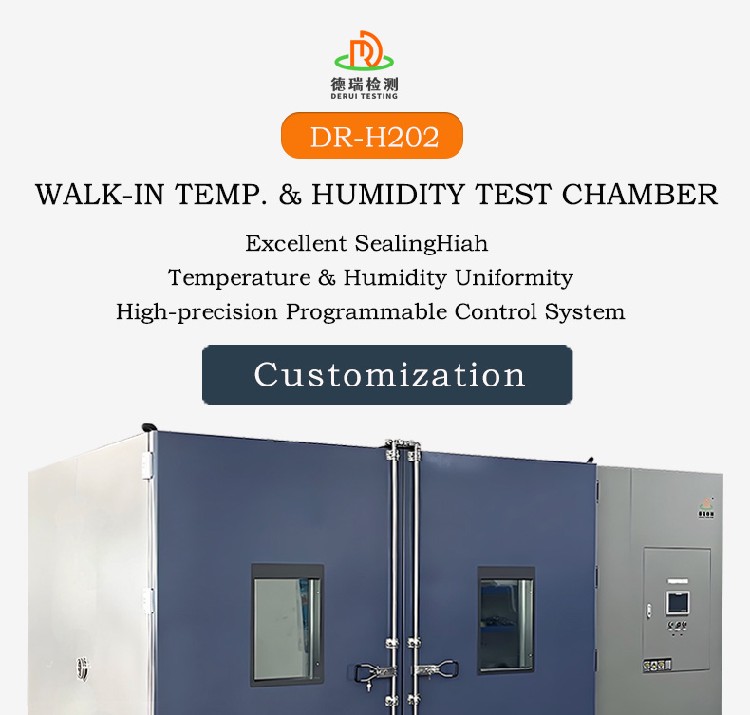
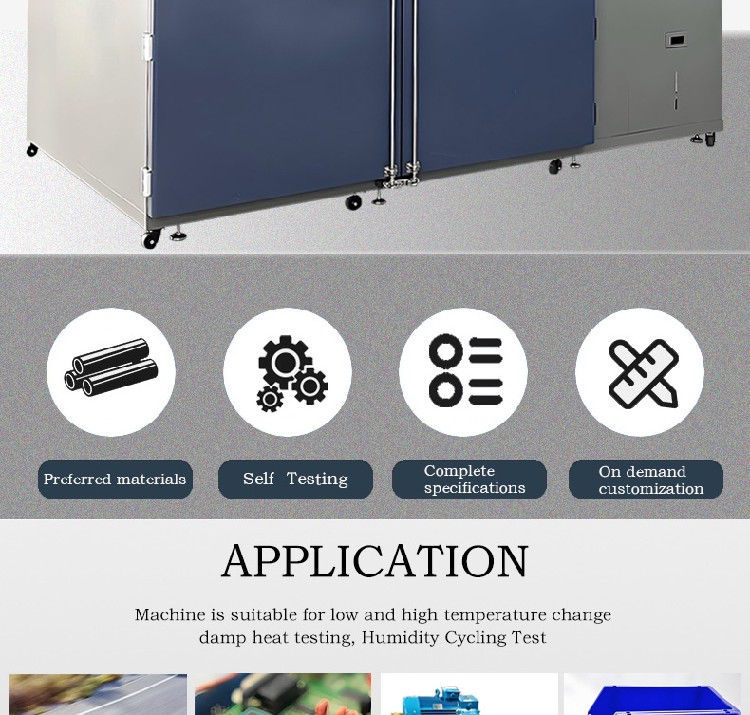

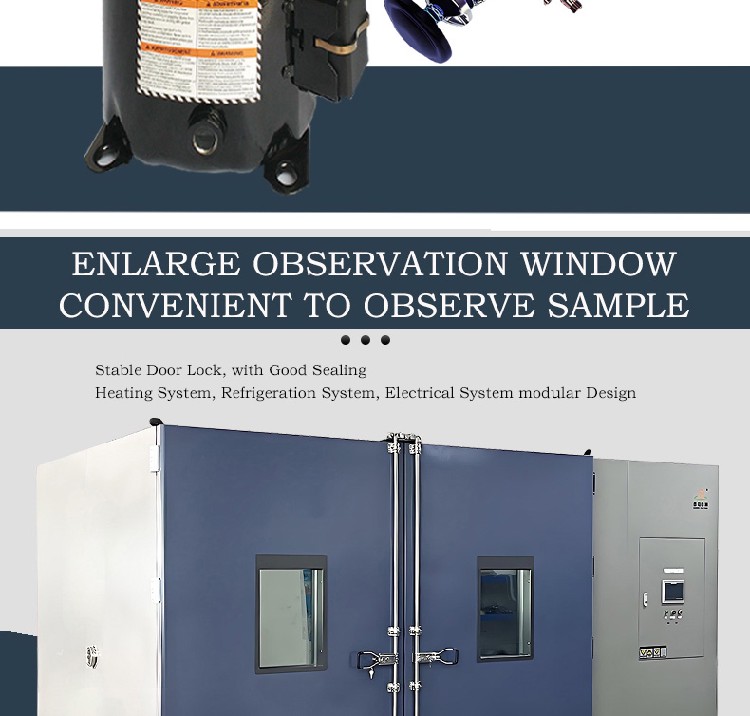
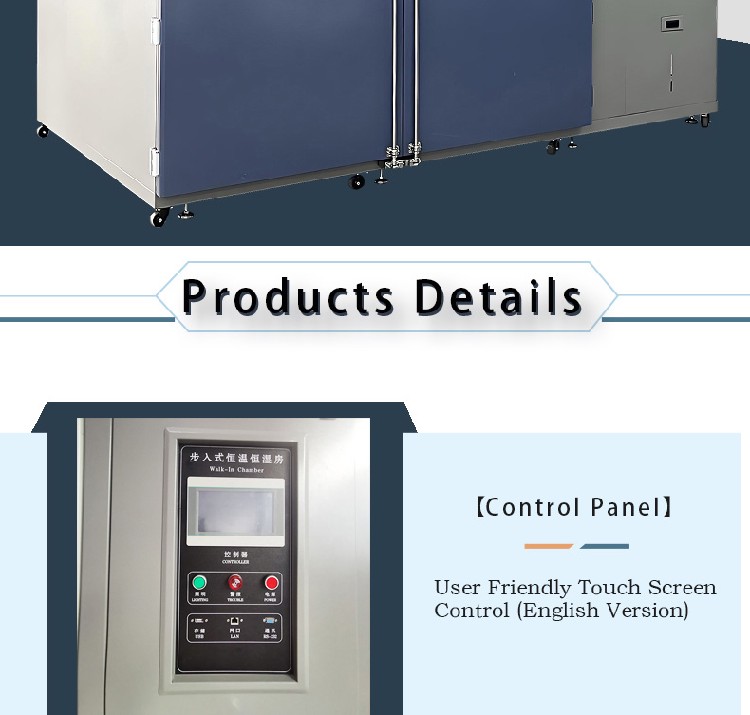
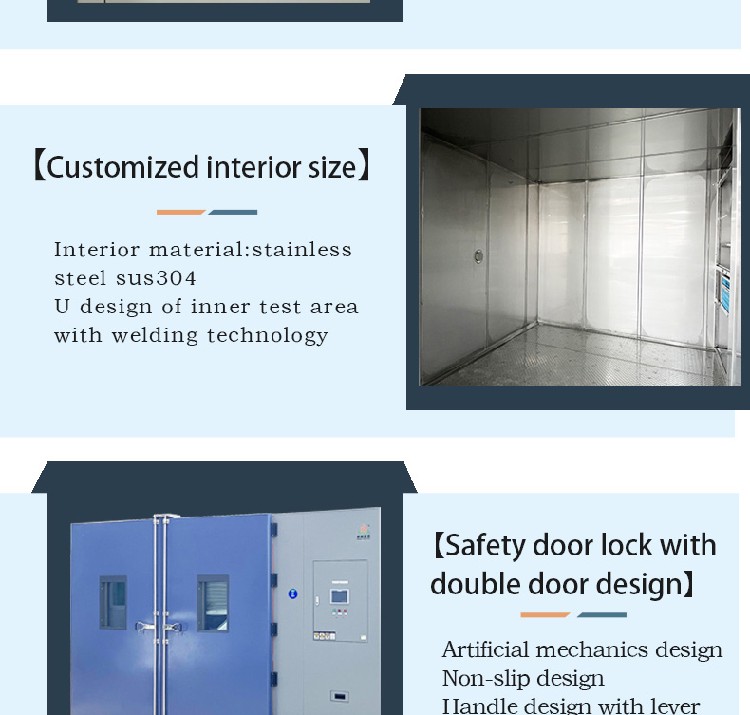
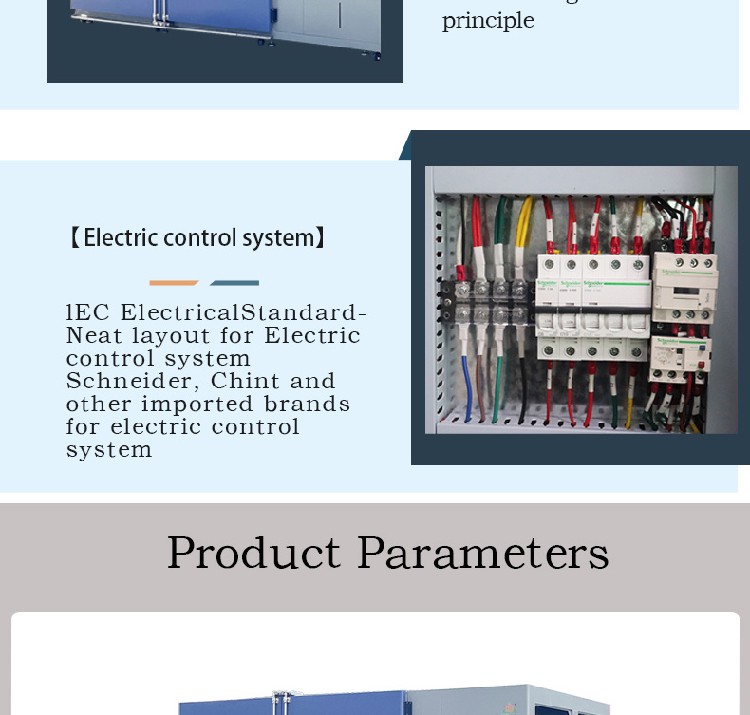
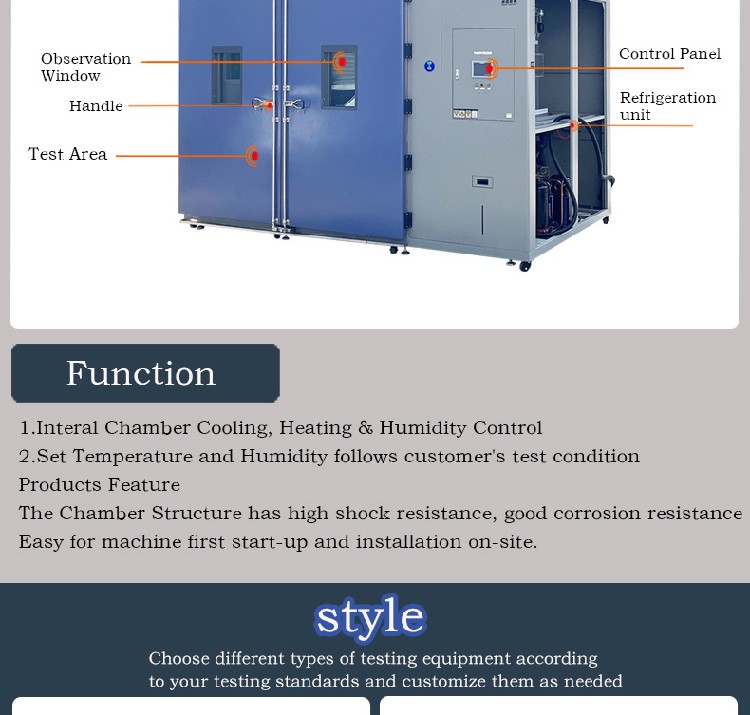
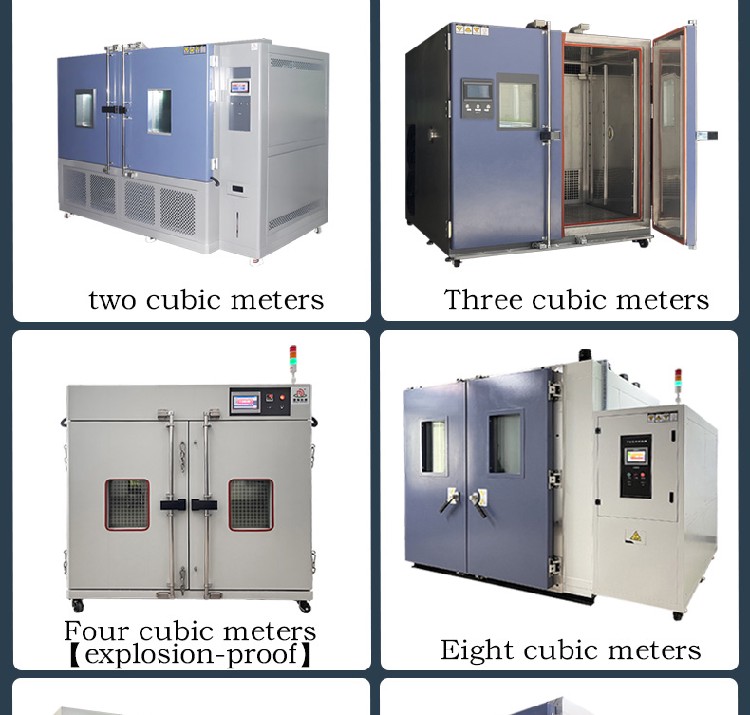
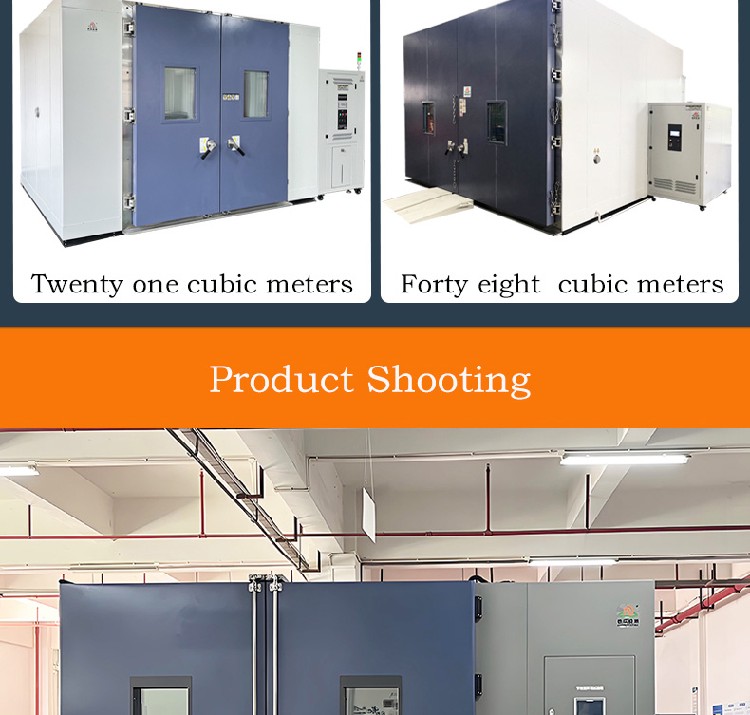
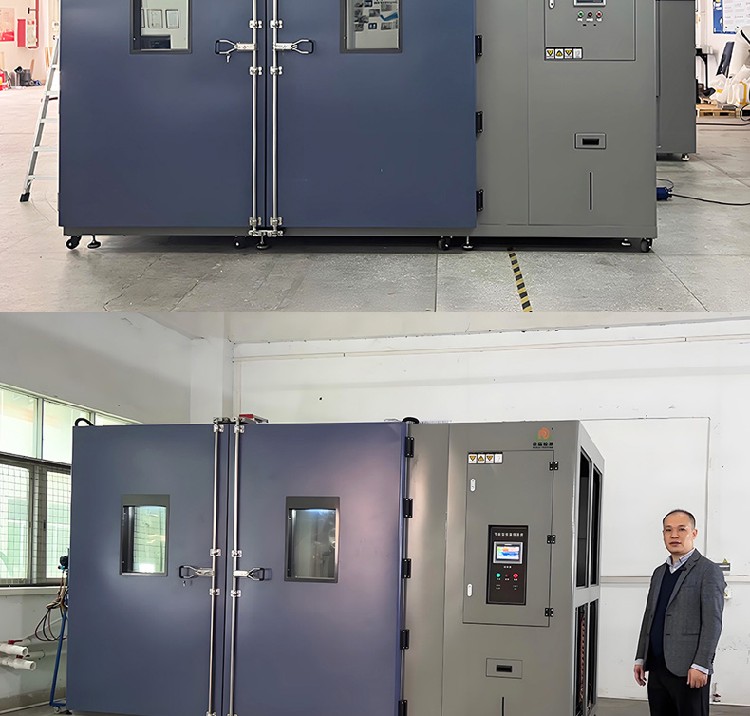
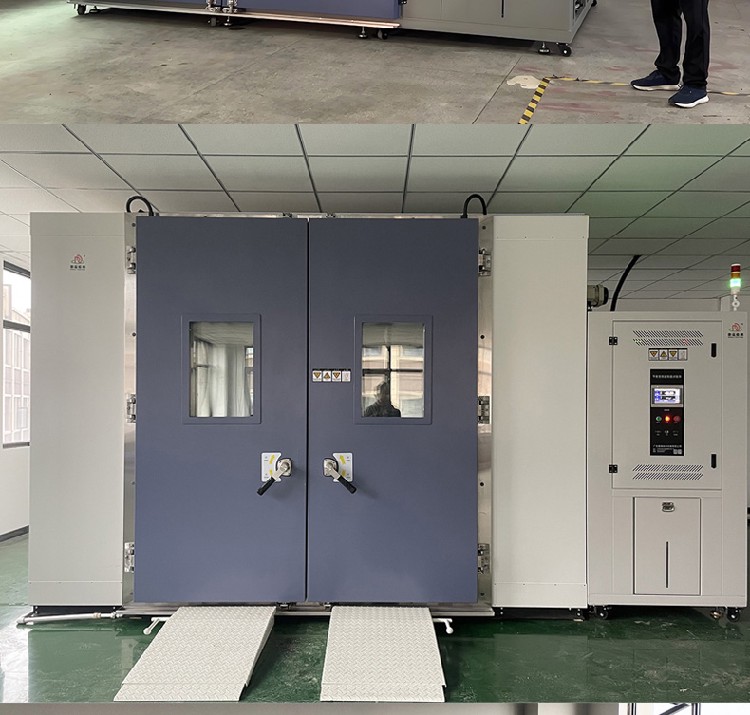
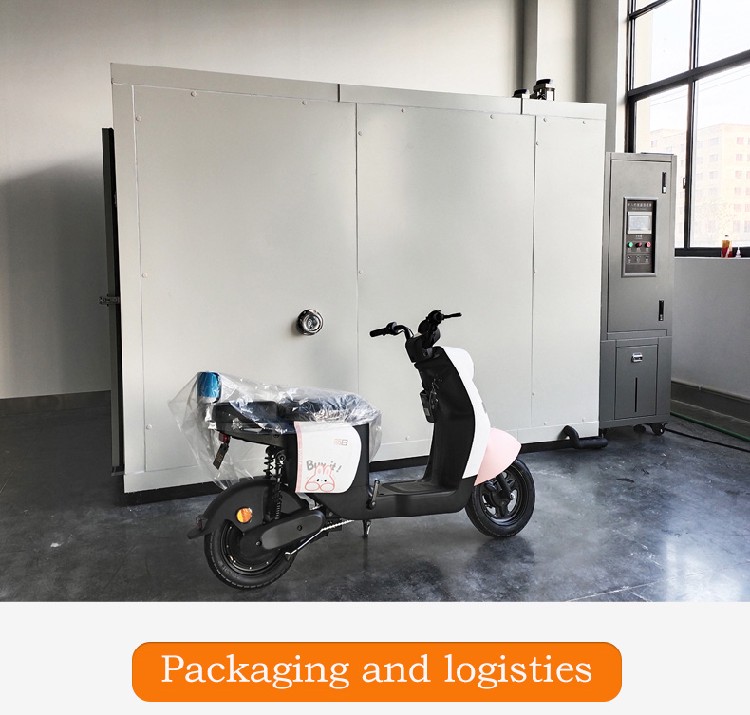
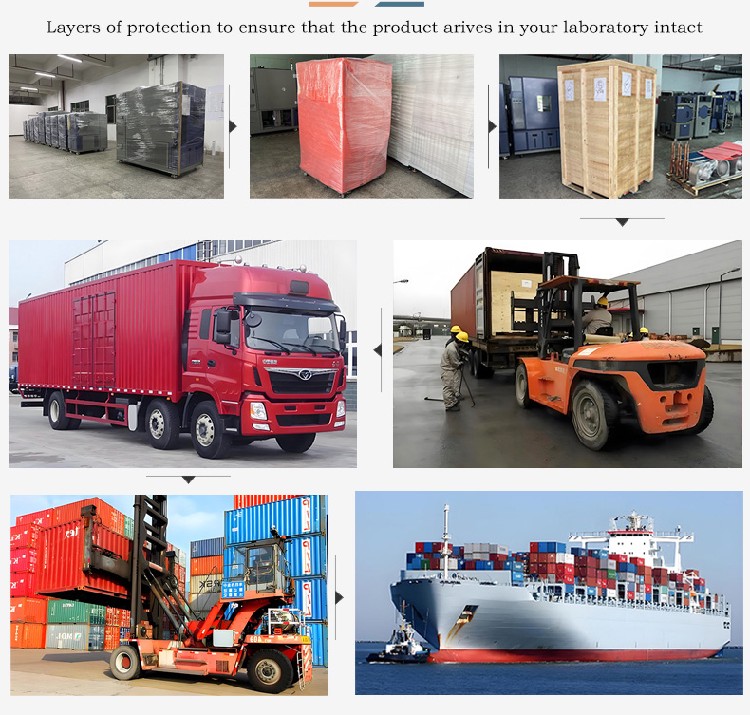
A Gradual Temperature Change Walk-In High-Low Temperature Test Chamber is designed to provide a large, controlled environment for testing the effects of gradual temperature changes on materials, products, and systems. This type of chamber is particularly useful for industries that require simulation of real-world temperature conditions over extended periods or for larger items that cannot fit into smaller test chambers. Below are key features, applications, and benefits of such a chamber:
Key Features
- Large Internal Space:Provides ample room for placing large components, assemblies, or even entire vehicles within the chamber.Walk-in access allows operators to easily load and unload test specimens.
- Gradual Temperature Control:Capable of precisely controlling temperature changes at a specified rate, simulating natural temperature transitions.Ensures accurate and repeatable testing conditions, which are crucial for reliable results.
- Wide Temperature Range:Operates across a broad temperature spectrum, typically from cryogenic levels (e.g., -70°C) up to high temperatures (e.g., +180°C), depending on the model.Suitable for testing under extreme cold or hot conditions.
- Humidity Control (Optional):Some models offer humidity control to simulate combined temperature and humidity environments, enhancing the realism of the tests.Useful for assessing the impact of moisture on materials and electronics.
- Advanced Monitoring and Data Logging:Equipped with sophisticated sensors and data acquisition systems to monitor temperature, humidity, and other environmental parameters in real-time.Provides detailed logs and reports for analysis and documentation.
- Safety Features:Includes safety interlocks, emergency stop buttons, and thermal insulation to protect operators and equipment.Ensures compliance with safety standards and regulations.
- Energy Efficiency:Incorporates energy-efficient heating and cooling technologies to minimize operational costs.May feature automated control systems that optimize energy usage based on the testing schedule.
- Customizable Configurations:Offers customizable options to meet specific testing requirements, such as additional ports for connecting external devices or varying airflow patterns.Can be tailored to accommodate unique test setups.
Applications Across Industries
1. Automotive Industry
- Application: Testing complete vehicles or large automotive components like engines, batteries, and electronics.
- Benefit: Simulates real-world driving conditions, ensuring reliability and performance in diverse climates.
2. Aerospace and Defense
- Application: Evaluating aircraft parts, avionics, and -grade equipment exposed to wide-ranging temperature fluctuations.
- Benefit: Validates durability and functionality under extreme conditions encountered during flight or deployment.
3. Electronics Manufacturing
- Application: Assessing the thermal stability of electronic devices and circuits used in various environments.
- Benefit: Ensures product reliability and longevity by identifying potential thermal stress points early in development.
4. Construction Materials
- Application: Testing building materials like concrete, steel, and composites under simulated weather conditions.
- Benefit: Guarantees structural integrity and performance in different climatic zones.
5. Renewable Energy Sector
- Application: Evaluating solar panels, wind turbines, and energy storage systems that operate in varied outdoor conditions.
- Benefit: Optimizes system efficiency and durability by simulating realistic temperature cycles.
6. Consumer Goods
- Application: Testing large appliances or home entertainment systems that must perform reliably in different environments.
- Benefit: Enhances customer satisfaction by ensuring products meet quality and performance standards.
Summary
A gradual temperature change walk-in high-low temperature test chamber offers a comprehensive solution for simulating real-world temperature conditions on a large scale. By providing precise control over temperature changes, it enables manufacturers and researchers to assess the long-term effects of thermal cycling on materials and products. This capability is essential for ensuring reliability, improving design, and meeting stringent industry standards, all while accommodating larger test specimens or more complex setups. The combination of size, precision, and flexibility makes these chambers indispensable tools for advanced environmental testing.
Recommended products


